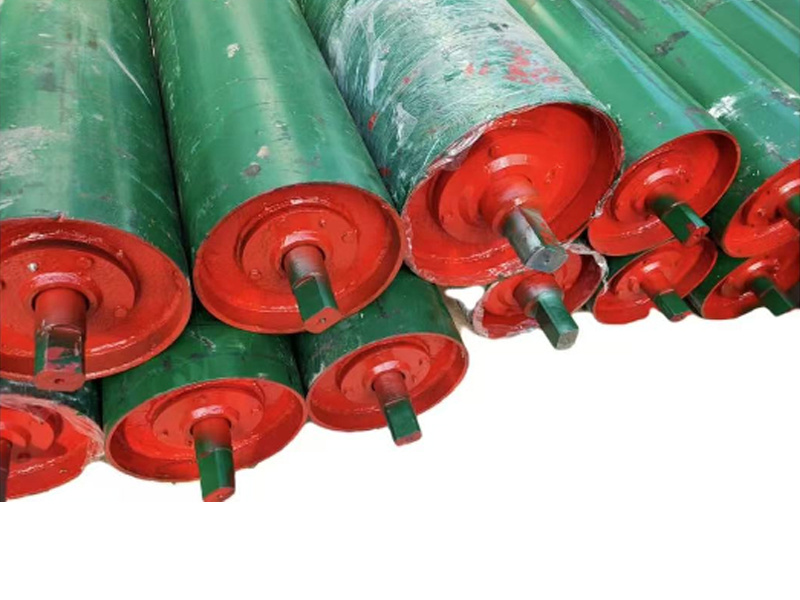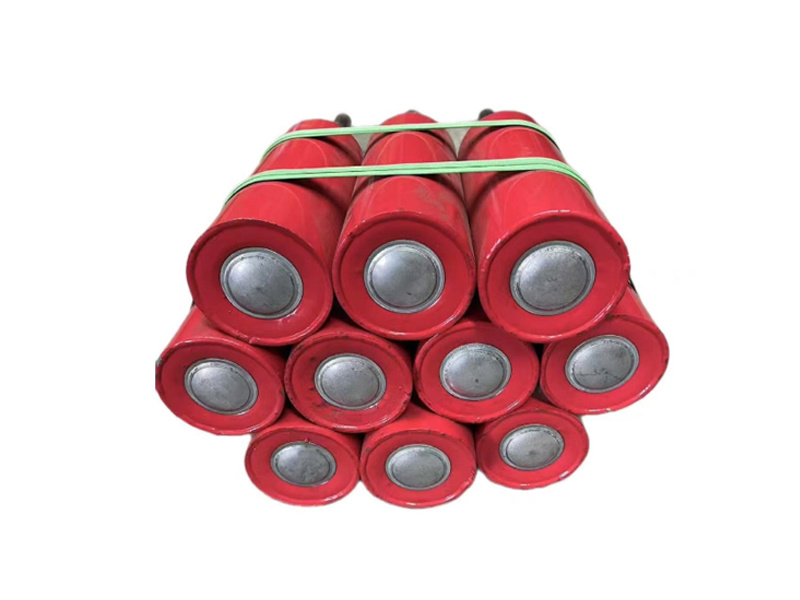
Structural Characteristics
Head Shape: Designed with a hexagonal head, it facilitates tightening operations using wrenches or power tools, providing a large torque transfer, making it easier for screws to be driven into the material being fixed.
Drill Tail Section: The drill tail is its most distinctive feature, usually shaped like a sharp drill bit, with cutting edges and chip removal grooves. During installation, the drill tail can directly drill the required installation hole in the material while tapping, eliminating the need for pre-drilling and tapping, significantly improving installation efficiency.
Thread Section: The thread is usually coarse, with high strength and good self-locking performance, capable of forming a strong connection in the material to prevent loosening. The thread profile is generally self-tapping, making it easy to tap directly into the material after drilling and form a reliable threaded connection.
Material
Carbon Steel: The most common material, it has high strength and hardness, relatively low cost, and is suitable for connecting general metals and wood. Surface treatments, such as galvanizing and nickel plating, can enhance its corrosion resistance and aesthetics.
Stainless Steel: Offers good corrosion resistance, suitable for humid, outdoor, or environments with high corrosion resistance requirements, such as building facades and outdoor facilities. Common stainless steel materials include 304, 316, etc., with 316 stainless steel having stronger corrosion resistance.
Alloy Steel: By adding alloying elements such as chromium, molybdenum, and vanadium, the strength, toughness, and wear resistance of screws are improved, suitable for applications requiring high screw strength, such as automotive manufacturing and machinery.
Specifications and Models
Classified by Size Specifications: Common hexagonal head drill tail screws come in various diameters such as M3, M4, M5, M6, M8, etc., with multiple length options ranging from a few millimeters to several tens of millimeters to meet different connection needs.
Classified by Thread Type: Mainly coarse and fine threads. Coarse threads have high load-bearing capacity and good self-locking performance, suitable for general fastening connections; fine threads offer higher precision and better anti-loosening performance, suitable for applications requiring high connection precision and reliability.
Application Fields
Construction Industry: Widely used in the installation of metal curtain walls on building facades, fixing color steel plates, and installing insulation boards on roofs and walls. Its self-drilling and self-tapping characteristics can greatly improve construction efficiency and reduce construction processes.
Automotive Manufacturing: Used for assembling car bodies, fixing interior parts, and connecting components in the engine compartment, enabling quick and secure connections on thin sheet materials, ensuring the overall structural strength and safety of the vehicle.
Machinery Manufacturing: Plays an important role in assembling the outer shells of machinery, connecting sheet metal parts, and fixing pipelines, allowing for quick installation on different materials, improving production efficiency and equipment reliability.
Electronics and Electrical Appliances: Used for fixing the shells of electronic devices, installing circuit boards, and assembling electrical cabinets. Its small size and high fastening performance can meet the connection requirements of electronic and electrical products.

Hexagon head drill tail screws
Contact Us:
Product Classification:
Product inquiry
Note: Please leave your Tel, our professionals will contact you as soon as possible and provide product solutions!
Related Products
Available in various diameters and lengths to perfectly fit your conveying system.
Available in various diameters and lengths to perfectly fit your conveying system.
Mainly used to support the conveyor belt and the materials on it, reduce the running resistance of the conveyor belt, and ensure the smooth operation of the conveyor belt.
Mainly used to support the conveyor belt and the materials on it, reduce the running resistance of the conveyor belt, and ensure the smooth operation of the conveyor belt.










